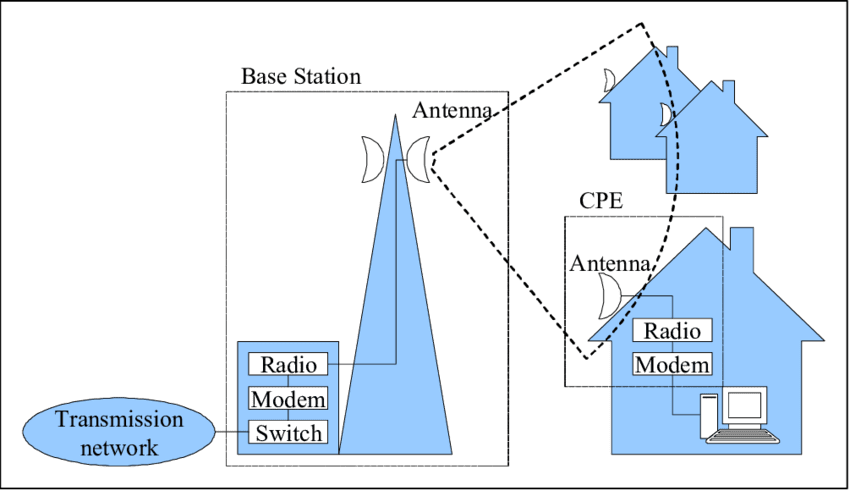Verizon Point-To-Multipoint network architecture using mmWave Spectrum
Verizon has unveiled a point-to-multipoint solution to expand high-speed internet access across various locations. According to the press release, a successful proof of concept in Texas showcased the company’s approach, leveraging its extensive mmWave spectrum holdings and fiber infrastructure.
Verizon stated that its point-to-multipoint architecture is designed to cater to multi-dwelling units (MDUs) such as apartment buildings and townhomes, as well as distributed enterprise campuses and high rises. Intending to serve multiple end-user connections from a single origination location, Verizon said this solution promises reliable, secure, and efficient connectivity.
The company claims this network architecture is less expensive to build, quicker to deploy, and addresses the unique complexities of distributed end users in a single facility or small area such as a residential unit with a large population.
In this proof of concept, an airlink over licensed mmWave spectrum was established between a centralized, rooftop radio site and a radio atop a simulated multi end-point building. The signal was then transmitted via coaxial cable throughout the building to a data processing unit along with a corresponding modem. From there, the building’s existing wiring transported the signal to end user routers that provided broadband coverage throughout simulated distributed end points. Instead of transmitting the data through Verizon’s 4G and 5G wireless cores, this unique architecture uses a simplified Broadband Network Gateway to direct the traffic to and from the internet over Verizon’s public IP network. This means that data traffic will not add load on Verizon’s current wireless cores while at the same time providing excellent capacity and latency.

Source: Research Gate Point-to-multipoint FWA network architecture
………………………………………………………………………………………………………………………………….
“Verizon has been building the infrastructure and assets for years to make this new design possible,” said Adam Koeppe, Senior Vice President of Technology Planning for Verizon. “Leveraging our significant fiber footprint in over 70 major markets nationwide and large amounts of ready-to-use mmWave spectrum, this new architecture means we will be able to provide point-to-multipoint architecture in a cost effective and efficient way.”
Leveraging Verizon’s current mmWave spectrum and fiber assets means this point-to-multipoint technology could reduce the cost of providing broadband to many locations. Depending on the various designs of buildings, office complexes and campuses, running fiber connections to individual buildings and individual units within buildings requires complex licensing, significant capital investments, long lead times and can be disruptive, making air links and established indoor cabling appealing alternatives for delivering services. Applications for this type of point to multipoint mmWave based technology could include distributed enterprise campuses, commerce areas, home broadband for multi dwelling units or other areas where air links could easily connect donor sites in the Radio Access Network to facilities with their own internal infrastructure.
Verizon is completing RFPs for the specialized radio access equipment for the licensed 37-39 GHz spectrum and expects to continue developing this technology throughout the year.
References:
https://www.verizon.com/about/news/verizon-develops-new-point-multi-point-use-case-mmwave-spectrum
https://www.verizon.com/about/our-company/5g/what-millimeter-wave-technology


